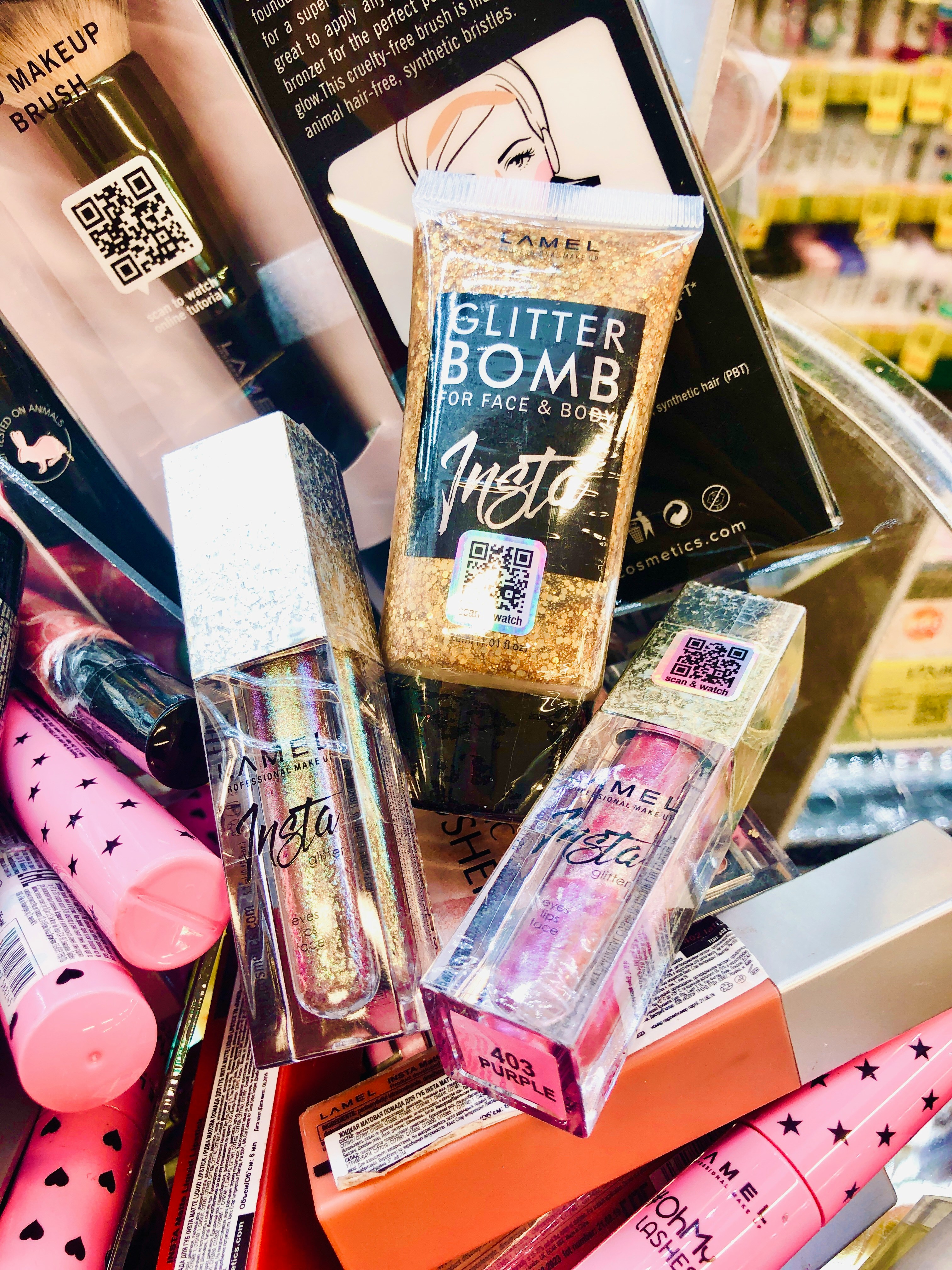image source :by elena-rabkina on Unsplash
Cosmetic packaging plays a vital role in the beauty industry, not only protecting the products but also enhancing their appeal to consumers. Manufacturers of cosmetic packaging materials emphasize the importance of understanding the basic knowledge required to accept these materials. This article delves into the fundamental aspects of cosmetic packaging, focusing on the container and container support categories, as well as key components such as the tube body, outer shell, inner and outer caps.
The importance of cosmetic packaging
Cosmetic packaging is more than just a container for beauty products; it is an important factor that affects consumer perception and brand image. High-quality packaging ensures the safety of the product, maintains its integrity, and provides an attractive appearance that attracts potential buyers. Manufacturers must adhere to strict standards to ensure packaging meets functional and aesthetic requirements.
Containers and container support categories
In the field of cosmetic packaging, the container and container support categories are crucial. This category includes various types of bottles and jars for cosmetics. The bottle should be smooth and the walls should be of uniform thickness to prevent any weak spots that could lead to breakage. There should be no obvious deformation, cold bursts or cracks as these defects may affect the safety and shelf life of the product.
Hose body
The tube body is a key component of cosmetic packaging, especially products such as creams, lotions and gels. The hose body must be flexible and durable to easily dispense product while retaining its shape. It should be made of materials that are resistant to chemicals and environmental factors to ensure that the product remains free from contamination and effective throughout its use.
The outer shell of cosmetic packaging serves as the outer protective layer. It is designed to protect the product from external damage and contamination. The casing should be strong and resilient, able to withstand impact and pressure without cracking or deforming. In addition, the casing often plays an important role in the visual appeal of the product and can come in a variety of finishes and designs to enhance the brand image.
Inner cover
The inner cover is an important element that provides an extra layer of protection for cosmetics. It acts as a barrier between the product and the external environment, preventing contamination and maintaining product quality. The inner cover should fit snugly inside the outer casing, making sure it doesn’t come loose or leak in any way. It is usually made of materials that are compatible with the product to avoid any adverse reactions.
Outer cover
The outer cover, often called a cap or cover, is the final component of a sealed cosmetic packaging. It must fit snugly to prevent any leaks or spills, ensuring the product remains safe during transportation and storage. The outer lid should be easy to open and close, providing convenience to the consumer while maintaining a seal. This is also an opportunity for branding, with many companies opting for custom designs and logos to enhance the market impact of their products.
Ensure Quality and Consistency
Manufacturers must ensure that all aspects of cosmetic packaging, from the tube body to the outer cap, meet high quality standards. This involves rigorous testing and quality control measures to detect any defects or inconsistencies. The bottle body should be smooth, without burrs or threads around the mouth, and the fit structure should be precise. The bottle cap must fit tightly without slippage, looseness or leakage, and the inside and outside of the bottle should be clean.
Material selection
The selection of cosmetic packaging materials is crucial. Manufacturers must choose materials that are not only aesthetically pleasing but also functional and safe for their products. Common materials include plastic, glass, and metal, each with its own benefits and considerations. For example, glass is often favored for its premium feel and chemical resistance, while plastic offers versatility and durability.
Environmental considerations
In today’s eco-conscious market, the environmental impact of cosmetic packaging is a matter of concern. Manufacturers are increasingly adopting sustainable practices, such as using recyclable materials and reducing packaging waste. Innovations in biodegradable and compostable materials are also gaining traction, providing environmentally friendly alternatives that do not compromise quality or functionality.
Understanding the basic knowledge required for cosmetic packaging material acceptance is critical for both manufacturers and consumers. From the hose body to the outer cover, each component plays a vital role in ensuring the safety, functionality and appeal of the product. By adhering to high-quality standards and considering environmental impact, manufacturers can create packaging that not only protects and preserves products, but also enhances the overall consumer experience. As the beauty industry continues to evolve, the importance of innovative and sustainable packaging solutions will only grow, making it important for manufacturers to stay informed and adaptable.
Post time: Sep-24-2024

